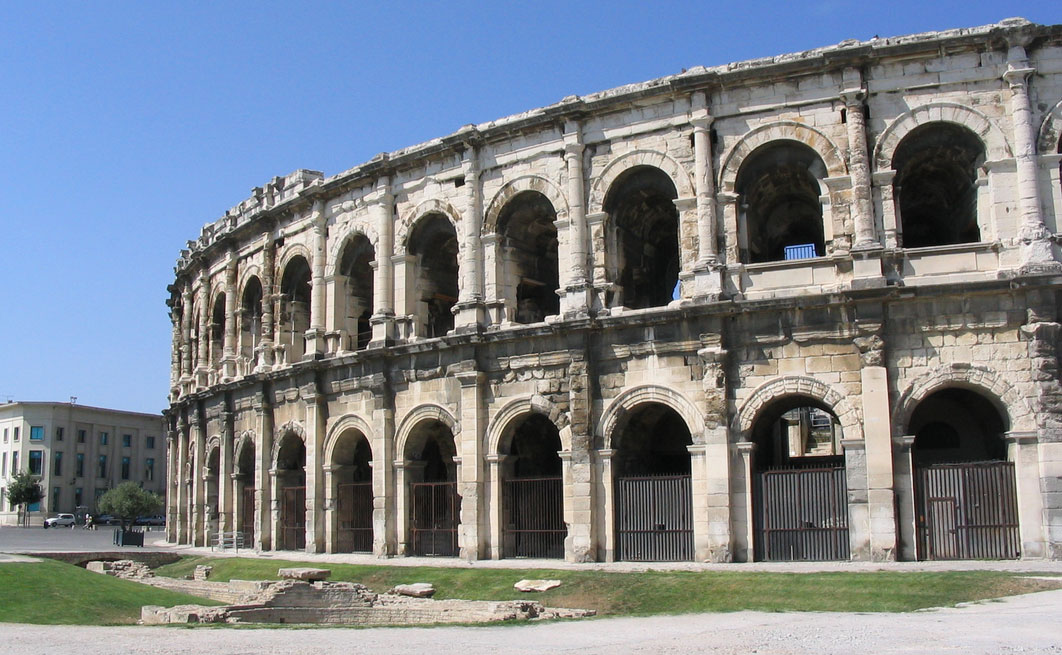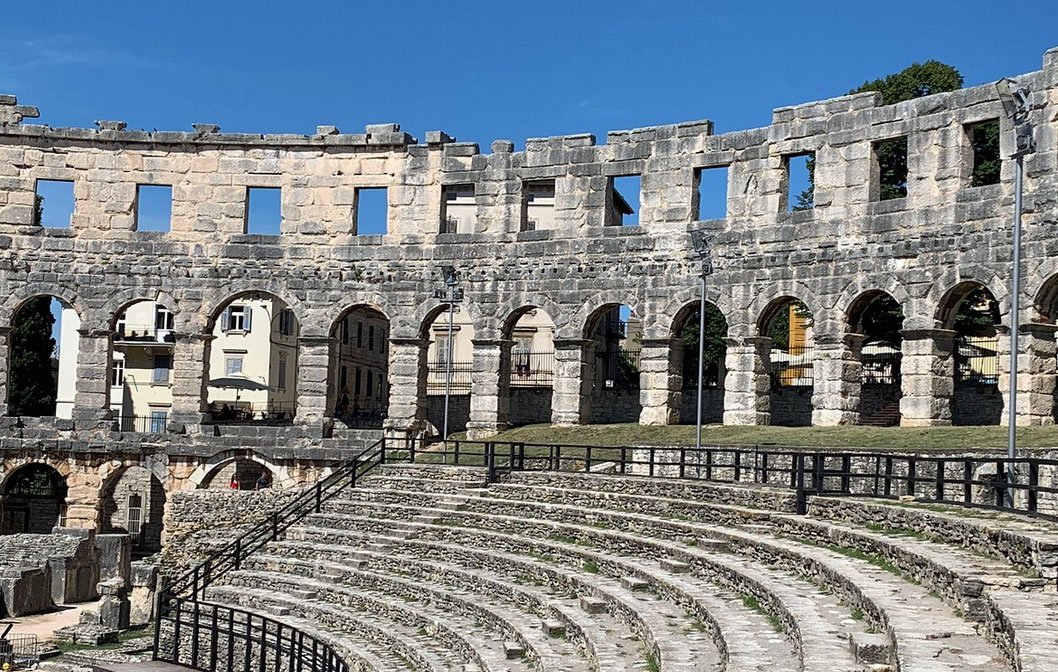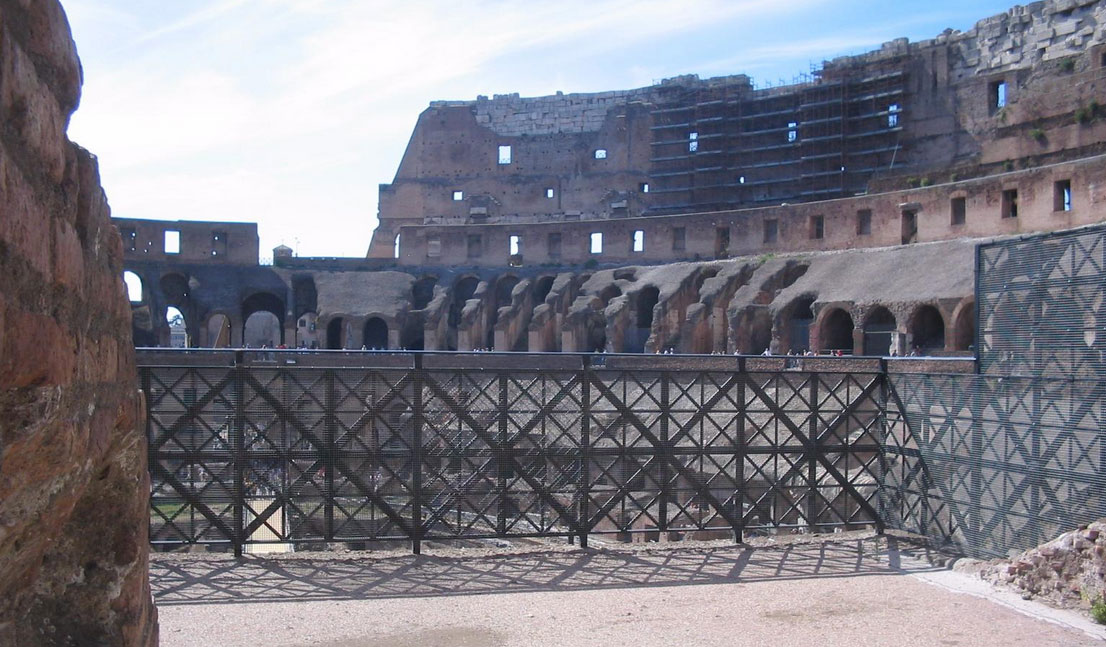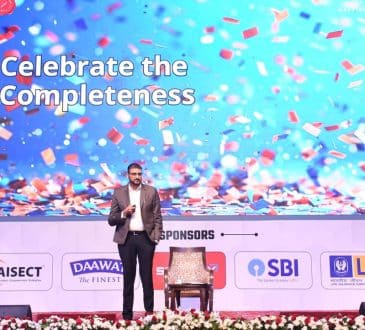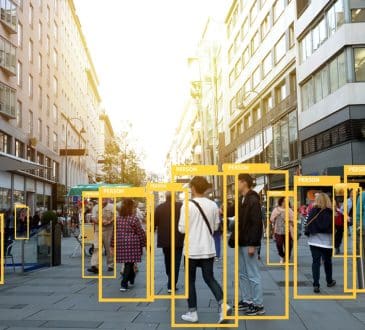The Best Roman Amphitheaters You Can Go To For A Piece Of Ancient History
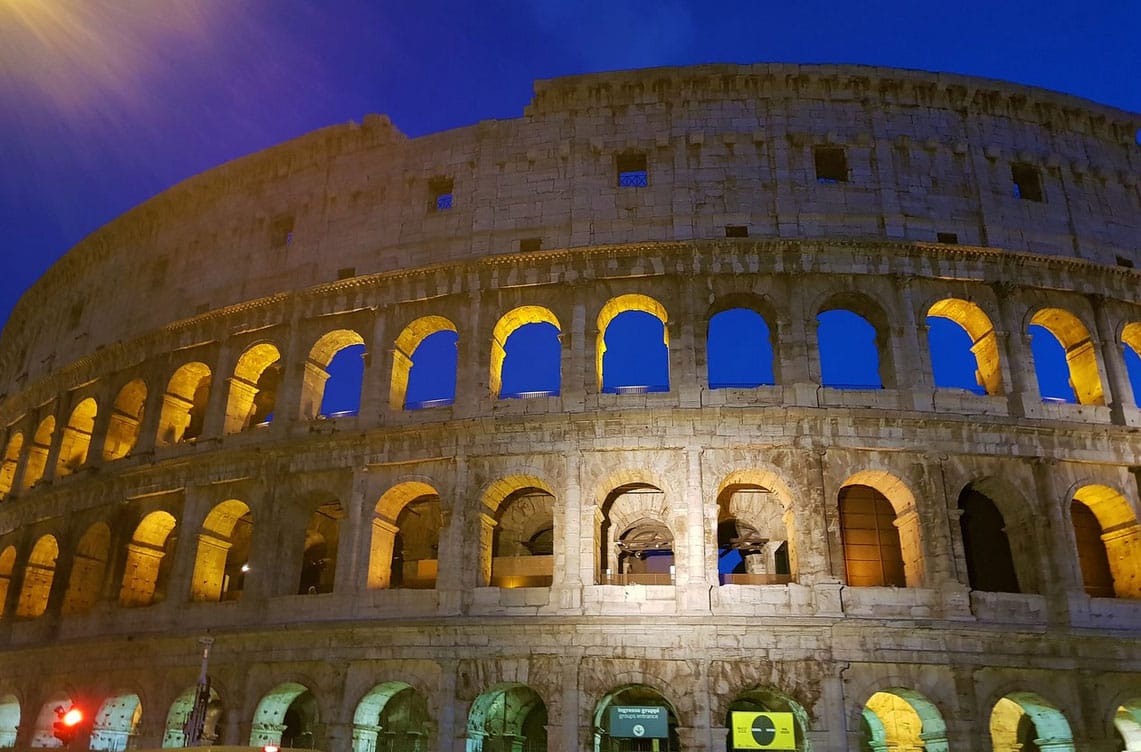
One thousand five hundred years ago if you asked people what they did for entertainment, there would not be an awful lot to talk about.
Humanity was still in the discovery phase, and much of its activity centered on exploration. In the vicinity of the 5 AD period, where much of the human civilization was relegated to Asia and Europe, there was the Roman Empire, and apart from the expansion of the Empire that the elite class did, it entertained itself with gladiatorial fights and sports of every physical kind.
Human and animal life was cheap, and plenty to go by, and such entertainment happened inside grand establishments called amphitheaters.
They were places where every man, woman, and child went to have a taste of visceral action, and though that kind of entertainment has long been phased out for humanitarian and peaceful reasons, the amphitheaters themselves have stood the test of time and are now popular tourist attractions.
This article lists the best Roman Amphitheaters you can go to for a piece of ancient history.
- The Colosseum (Rome)
It is little wonder that the Colosseum, one of the most famous and well-documented amphitheaters in the world would top the list, simply because of its grand scale and its intricate underground pathways that give you an idea of how the gladiators would prepare for the show, barbaric or not. There is a museum that can offer you a glimpse of the hardy life these people went through in the name of entertainment. A definite visit. - The El Djem (Tunisia)
Declared as a world heritage site in 1979, the El Djem amphitheater is another shining example of Roman architecture along with the style of the Colosseum in Rome and was chiefly used for chariot races and fights between prisoners and lions. In recent times it has become host to the famous International music festival, which happens annually. - Arena of Nîmes (France)
This is one of the better preserved Roman amphitheaters, possibly because of the location that it resides in and the fact that it is still used for a host of sporting events, most notably the bullfights during the Feria De Nimes. It’s a popular destination if you’re in France and especially intriguing if you are a fan of Roman mythology and history. - Arles (France)
Another highlight of southern France and listed as a UNESCO world heritage site, the amphitheater in Arles could and can still accommodate 20,000 spectators and is one of the rare amphitheaters even in use today. Its incredible passageways are richly steeped in Roman history and was built around 90 AD. It is also hosting musical concerts in the modern age. - Pula Arena (Croatia)
Constructed in Limestone around 27 BC – 60 AD, in the heart of Pula, Croatia, this arena holds the distinction of having survived the test of time so well that even to this day, all three of its architectural orders are still in place and fully preserved, along with the 4 side towers. Its modern-day adaptation is for musical concerts and stage performances, and its importance can be understood from the fact that it appears on the reverse side of the Croatian 10 kuna banknote. - Flavian Amphitheater (Italy)
Most famously known in history as the arena where the persecutions of the patron of Pozzuoli, as well St. Januarius, the patron saint of Naples, this amphitheater, despite being in near ruins nowadays was one of the biggest of its kind under the reign of Emperor Vespasian, and as mentioned before was used for persecutions and barbaric games of a similar kind. Notably, the two saints mentioned above did survive the wild beasts in the theater, only to be beheaded at the Solfatara, the nearby volcano that almost destroyed the amphitheater. - Carthage Amphitheater (Tunisia)
First built in the 1st century and later on rebuilt by the great Julius Caesar, this amphitheater is mostly in ruins because of the sheer number of raids and loots it has survived throughout history, but as a landmark and a timestamp of a period of human civilization in its nascence, it offers a really intriguing history lesson. At one point, its arches were a subject of wonder and admiration for the people who visited it, especially during the middle ages. There is a Christian cross erected in the memory of the Christians who were martyred at this amphitheater, and among other things, it is worth every bit of your time and money for a visit.
Have you read?
# Best Film Schools In The World For 2019.
# Best Music Schools In The World For 2019.
# Best Fashion Schools In The World For 2019.
# Best Business Schools In The World For 2019.
# Best Performing Arts Schools In The World, 2019.
Bring the best of the CEOWORLD magazine's global journalism to audiences in the United States and around the world. - Add CEOWORLD magazine to your Google News feed.
Follow CEOWORLD magazine headlines on: Google News, LinkedIn, Twitter, and Facebook.
Copyright 2025 The CEOWORLD magazine. All rights reserved. This material (and any extract from it) must not be copied, redistributed or placed on any website, without CEOWORLD magazine' prior written consent. For media queries, please contact: info@ceoworld.biz





